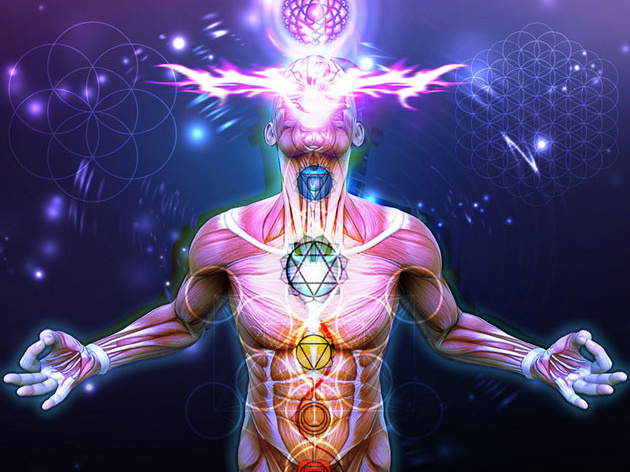Establishing the mood with a dimensional soundscape featuring keys, bass and an astral bell tone, Rj Bacon opens No Name Lane with intricacy, dynamism and a track titled, Johnny Beanstalk. The opus expands with a sublime saxophone performance, and textured percussion, as we experience a retro, live jazz club vibe with a fusion of blues.
We deeply connect with the charming and playful nature of the album opener, and the universe that Rj Bacon is manifesting, with a cinematic edge. We could certainly imagine the composition in a Hollywood detective movie or similar.
Next is Seven Up, which opens with the signature playful bassline and bell tones, before expanding into a more dynamic, danceable energy filled with rhythm and tapping into a more high octane energy. Again, the piece holds a cinematic edge, expanding the wider narrative of the album.
It is no surprise that Rj Bacon, known to many as Russell Bacon, is a name that rings familiar in the world of Australian cinematography. With an impressive portfolio that includes classic dramas like Brides of Christ, Police Rescue, Sea Patrol, and the cult favorite Farscape, Bacon has long been a master of visual storytelling. But in recent years, his creative passions have taken a turn towards the auditory, resulting in a series of lounge jazz albums that showcase his talent not just behind the camera, but behind the mixing board as well.
Freeway is the third track on the record which holds a sense of mystery and enigma, the tempo changes are sublime, and this level of artistry truly taps into our heart’s centre. Next up is Creepin’ Cat, which does just what it says on the label! The manner in which the sentiment of the title manifests is nothing short of genius. We appreciate the cohesive nature of the track within the wider record, but also applaud it’s poetic nature, creating a sound akin to a mysterious feline!

The Toff opens with a dramatic flair, and a sensual edge, bringing to life the intimate atmosphere of a live jazz club. We learn that the album was recorded over seven months in the artist’s Sydney studio, and continues Bacon’s exploration of this evocative soundscape. The album feels like a late-night conversation between old friends, where each note, each chord, is chosen with the care and precision that only someone with Bacon’s cinematic eye could achieve. The tracks meander through a range of emotions, from the laid-back grooves of the opening number to the more introspective blues riffs that pepper the album.
This leads us to Sweep which opens with a tribal percussion feel and pizzicato nuance before wandering back to the original soundscape of the album. It is clear that Bacon’s ability to write, perform, and produce all the tracks himself adds an intimate layer to the music – it’s as if we are sitting in on a private jam session, where every nuance is crafted with intention. Despite being recorded in a small studio in Sydney, the music on No Name Lane has a way of transcending its origins, conjuring images of dimly lit clubs and the warm glow of neon signs reflected on rain-slicked streets.
Finally, we experience, the title track of the album, No Name Lane. The track brings to life a full circle energy of the record, tapping into elements of the previous seven songs, resulting in a cyclical feel and a poetic conclusion .
No Name Lane might be the eighth album in Bacon’s jazz journey, but it shows no signs of creative fatigue. Instead, it feels like a culmination of his musical identity – a mature, confident collection that holds its own among the best of modern lounge jazz. Whether you’re a longtime fan of his work or a newcomer to his music, No Name Lane is an album that invites you in, offers you a drink, and keeps you company long into the night.
